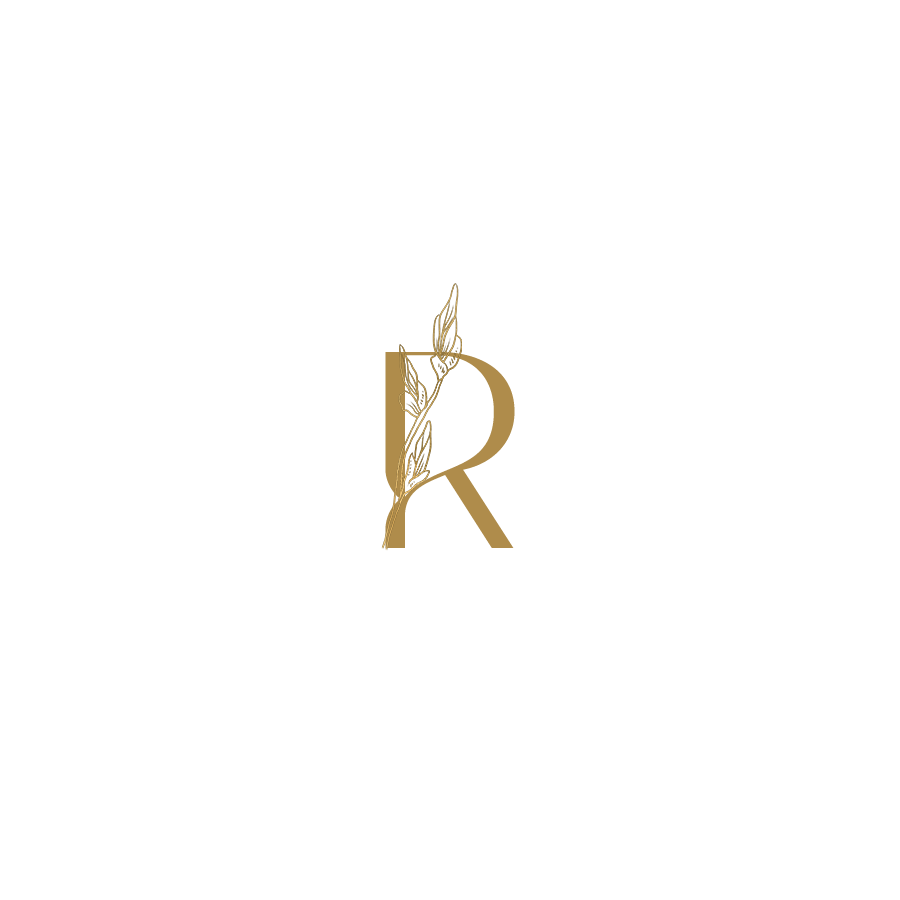How to Choose Your Brand Colors
What’s one of the first things you notice looking at a brand? Probably the colors. Everyone knows the color of McDonald’s golden arches. More on their color combination later.
Even though it might seem simple to choose the colors for your brand it can take a lot of time and effort for brands to agree on something that important to represent them.
Photo by Laura Vinck on Unsplash
According to Jung, "colours are the mother tongue of the subconscious".
Here are three different ways to choose colors for your branding based on how much time and resources you’re willing to invest.
Color Palette
This level is for you if you don’t have much time or money to invest in branding. If you’re just starting out or pivoting your business picking out brand colors might not be your top priority.
The easiest way for you to pick your brand colors is choosing 3-5 colors that look good together, make sense for you and your audience and have plenty of contrast for easy reading.
If you need help brainstorming colors check out coolers or colorspace to generate custom color palettes and gradients.
If that’s too broad consider your audience when choosing colors. For example will a more bright, neon color palette work for your audience or is that too out there for them?
Neon and bright colors work great for products and services targeted towards kids, fun activities and creative services. This same color palette might look out of place for a lawyer or other professional whose clientele won’t appreciate this fun color scheme.
Just to play devils advocate say you’re a lawyer who loves bright colors. What do you do? You can definitely implement some of these in your branding without it overwhelming or immature.
For example you can have pops of color on CTA’s, buttons or other places where you want to draw attention. To balance this out keep the rest of your colors more neutral like navy and cream colors.
Just remember these are guidelines. There are no rules, really. So choose the right colors for you and feel free to go against my advice if you want. I won’t mind. :)
Color Psychology
On this next level up if you have a little more time, are ready for a redesign or are hiring someone to help you, using color psychology is the next phase of your brand color journey.
How fast do you have to make an impact on your customers or potential clients? “People make up their minds within 90 seconds of their initial interactions with either people or products. About 62‐90 percent of the assessment is based on colors alone.”
Color psychology is all about choosing colors based on how you want people to feel after using your products or services. This is something big brands do that smaller brands can learn from.
Take McDonald’s again. Red and yellow are the main brand colors. Red grabs your attention, increases your appetite and hunger. Yellow makes you feel excited and happy.
The combination of these colors makes you want things quickly and efficiently. Kind of like the definition of fast food, right?
This color combination works perfectly for a fast food restaurant. The Ketchup and Mustard theory is based on the idea that these two colors influence you to want to stop, grab a bite to eat and leave just as quickly.
Color psychology is used in marketing and branding to stimulate certain feelings and emotions from consumers. Doing a quick search on color psychology will show you tons of free resources to learn what each color means and if it will work for you and your brand.
Brand Archetypes
Now that we’ve gone through the process of selecting colors based on what looks nice together and how it makes people feel the last step is using archetypes. You can still DIY your branding at this level but hiring a brand designer will help you develop a brand strategy faster with less homework on your end.
The concept of archetypes was developed by Carl Jung and originally used in psychology. They are now by brand strategists and designers to develop brands and personas. Out of the 12 archetypes you want to choose the one most closely aligned with your brand mission and values.
If you want to shake things up and disrupt the status quo in your industry the Rebel could be your main archetype. A few examples of brands using the Rebel archetype are Harley Davidson, Jack Daniels and Dr Martins.
If you want people to feel welcomed and taken care of the Caregiver might be right for your brand. A few examples of brands using the Caregiver archetype are Unicef, Johnson & Johnson and Campbell’s.
There are many different ways to find and implement your brand archetypes. You can even have more than one! I’ve seen other people teaching how to use 2-3 archetypes to shape your brand.
Choosing archetypes for your brand also influences how you show up online and interact with your clients or consumers. If you want to dive deep into archetypes I recommend the book The Hero and The Outlaw.
Head spinning yet?
Now that you’ve gotten just a taste of how much thought and research can go into choosing your brand colors and strategy you might be overwhelmed with all the possibilities.
Never fear! If you want a full rebranding or redesigning of your brand make sure to check out my packages.

